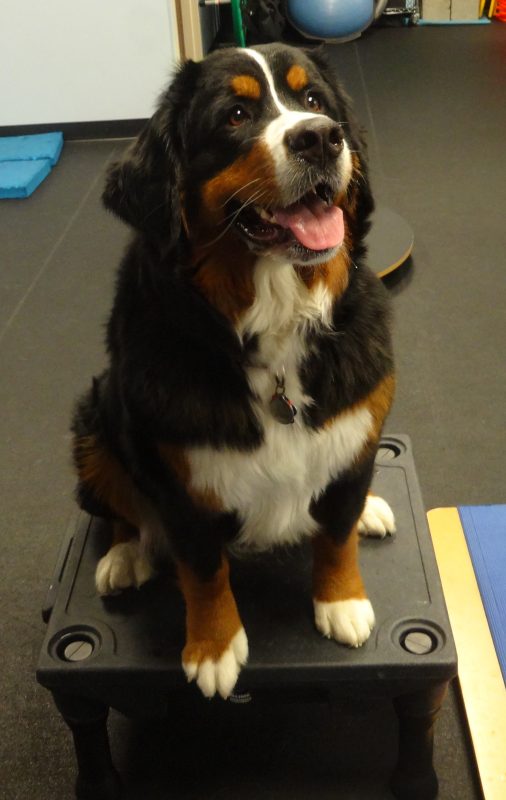Patellar Luxation
by Angelia Oliverei, LVT
What is a “luxating patella”?
Patellar luxation is a condition that occurs in dogs and cats in which the patella (kneecap) slides out its normal position (see radiographs below). The patella is a sesamoid bone, which means it is a bone embedded in soft tissue that serves as an anchor point for muscle during movement. The patella is located in the trochlear groove of the femur and is held in position by the patella ligament that attaches to the quadriceps muscles and ends with its insertion at the front of the tibia. Patella luxation can occur when the trochlear groove is too shallow, not allowing the patella to sit properly within the groove. It can luxate medially (towards the inside of the leg) or laterally (towards the outside of the leg), but medial luxation is more common. Additionally, the patella can luxate because the ligament that holds the patella in position within the grove is attached too far medially. When the thigh muscle contracts, it will pull the patella out of its groove. Patella luxation most commonly affects small breed dogs including Yorkshire Terriers, Chihuahuas, Boston Terriers, Bulldogs, Pomeranians, and miniature Poodles. However, it can affect large breed dogs and cats.

